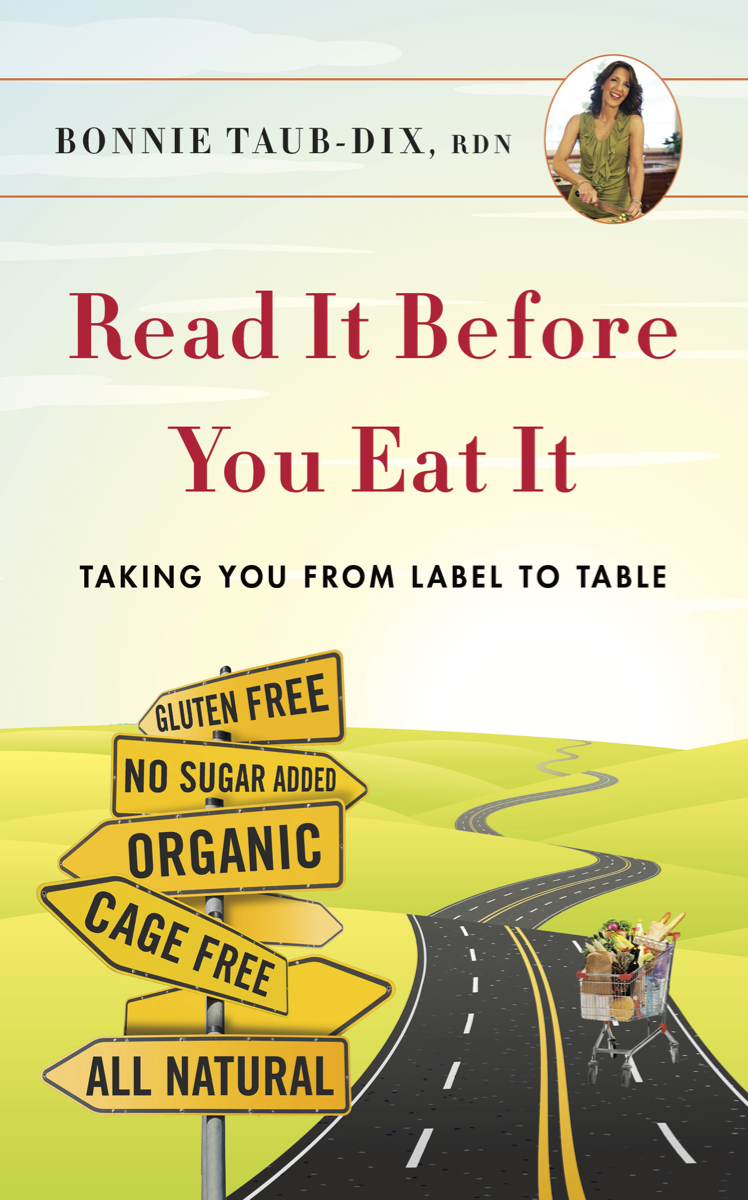A discussion on food labels and which nutrients you should be paying attention to when reading nutrition facts at the grocery store.
I have some good and some bad news.
First, the bad: If terms on food labels like “all natural,” “free range” and “light,” confused you in the past, they will continue to be confusing. Sometimes it feels like you have to be an interpreter while food shopping to decode the deceptive words on packages that tend to lure you in to buy certain products. I tried to help clear up some of that confusion by including a whole chapter on these tricky terms in my book, “Read it Before You Eat It – Taking You from Label to Table” but I’ll admit, sometimes these health halo words even confuse me! (Oh, and did I mention that you can grab that FREE CHAPTER right HERE?)

But here’s the good news: As of January 2020, new food labels are in store!
When food labels were introduced back in 1990, 30 percent of consumers said they changed their minds about which foods to purchase because of nutrition labels on packages. By 1999, that number increased to 48 percent. And even with all of these changes, these labels are STILL difficult to navigate…but, as you’ll see below, they’re getting better.
If we fast-forward to today, surveys have shown that about 54 percent of us are using nutrition labeling. Research tells us that although consumers see them as being a great source of information, the labels are still not “acceptable and understandable,” For consumers to read the label, they need to understand it. Although that sounds obvious, creating changes that are clear and user-friendly to all is not a simple task.

5 Food Label Items You Need to Start Reading
Here’s just a taste of some of the changes that could impact the foods you throw into your cart:
Calories and Serving Sizes
Since calories are still the hottest item on the label, they will be promoted by being highlighted, making them bolder and more prominent. This is important because surveys show most Americans are not only are unaware of what a calorie is, but they also have little knowledge about how many calories they actually need.
Serving sizes on labels will also change to be more realistic and reflective of how Americans are eating today. A food could have an acceptable number of calories, but if you “supersize,” you’ll need to double, triple or perhaps quadruple the calories in kind. Calories and serving sizes are like the BFFs of the food label: You can’t talk about one without the other.
Potassium
Ninety-seven percent of Americans don’t get enough potassium in their diets. Even though adding more fruits and veggies to our daily meals and snacks could do the trick, we’re not meeting the current recommendation of 3500 mg per day.
Sugars
The sugars that are added during the processing of foods – known as added sugars – will be separated from sugars derived naturally from foods such as fruit. These added sugars will be indented after total sugars on the label. But don’t stop there: If you really want to know where your sugar is coming from, you’ll need to scoot down to the ingredient list and pay attention to where sugar and any of its aliases (high fructose corn syrup, organic cane juice, dextrose and so on) appear.
Sodium
Sodium is the element we all love to hate. Media headlines either plead with us to shake the habit of salting our food or they describe studies showing that getting too little salt could be dangerous. Most of the sodium we consume doesn’t come from the shaker – it comes from packaged and highly processed foods, and lurks in places where you wouldn’t expect to find it, such as in baked goods and breads. We seem to be exceeding the recommended limit of 2400 mg of sodium per day, but the recommendation is now slightly tighter with a decrease to 2300 mg. As a frame of reference, 1 teaspoon of salt contains about 2300 mg of sodium and a nice big pickle has about 1900 mg!
So what’s the bottom line? Dietitians, the food industry and government agencies are going to have to be like three legs of a stool and support each other to educate the public about how to shop for food without expecting consumers to be mathematicians or chemists. Consumers are going to have to accept the fact that they need to pay more attention to the foods they are buying for themselves and their families. During just one visit to the supermarket, with or without the kiddies, they could compare foods, create a “safe” shopping list and streamline a foundation for future visits. Planning ahead could save time, money – and maybe even a few calories.


